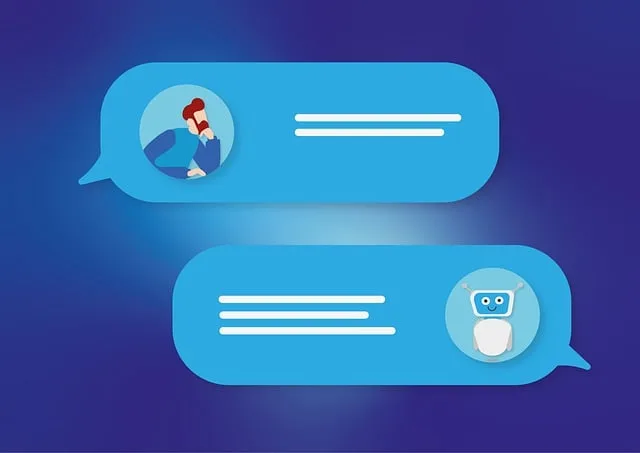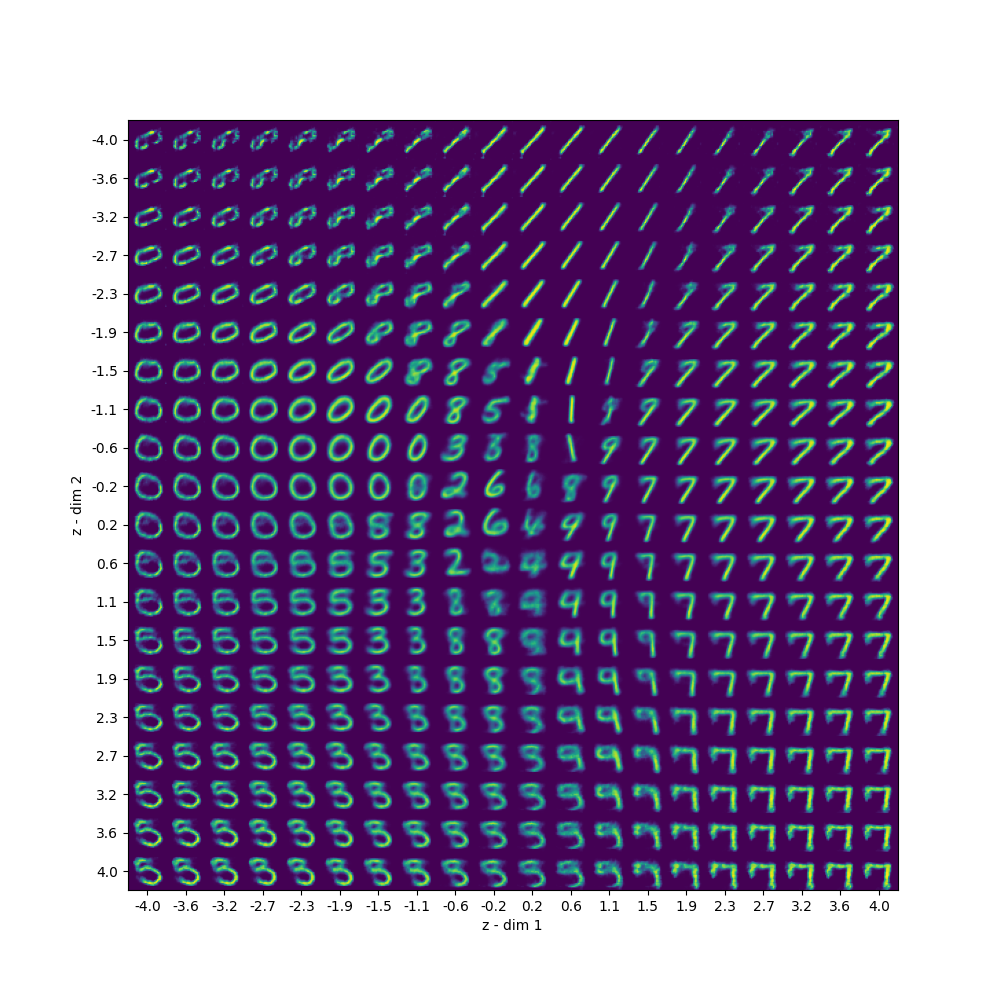
My Journey into Natural Language Understanding
Embarking on my journey as a machine learning enthusiast, I found myself drawn to the captivating world of artificial intelligence. Specifically, I became immersed in Natural Language Understanding (NLU).
Moreover, it’s a remarkable subfield of AI that seeks to endow machines with the capacity to comprehend human language.
In this article, we’ll be highlighting NLU’s importance, the intriguing techniques and algorithms it presents, and its diverse practical applications.
Why I’m Passionate About Natural Language Understanding
One of the reasons I’m deeply passionate about NLU is its potential to revolutionize human-computer interaction. Reason for that is, it’s enabling seamless communication between people and machines.
Furthermore, NLU holds the key to unlocking valuable insights hidden within vast amounts of unstructured data. Therefore, it has the potential to transform industries and enhance our decision-making capabilities.
Lastly, I find it incredibly fascinating to work on replicating human understanding and cognitive processes in AI. Consequently pushing the boundaries of what machines can achieve and expanding our knowledge in this groundbreaking field.
NLP vs. NLU: Clarifying the Difference
To begin with, let’s clarify the distinction between Natural Language Processing (NLP) and Natural Language Understanding (NLU).
NLP is a broader field encompassing all aspects of AI that deal with human language. Therefore including tasks related to understanding, processing, and generating language.
On the other hand, NLU is a specific subset of NLP that focuses on the comprehension and interpretation of languages.
The Essential Components of NLU
A key aspect of NLU is mastering its three essential components: syntax, semantics, and pragmatics.
- Syntax deals with the structure and rules governing language. Therefore, it’s employing parsing techniques to analyze and decipher the relationships between words in a sentence.
- Semantics delves into the meaning of words and sentences. Thus utilizing methods such as word sense disambiguation, semantic parsing, and coreference resolution to accurately interpret the intended message.
- Pragmatics focuses on the context-dependent interpretation of language. Which is taking into account factors like figurative language, sarcasm, and implicatures to grasp the true essence of human communication.
Example of Natural Language Understanding
We can see a prime example of NLU in action in virtual assistants, such as Apple’s Siri or Amazon’s Alexa. These perform various NLU tasks to interpret and respond to user commands or questions.
When processing a user query like, “What’s the weather like today?”, the virtual assistant must accomplish several key tasks including identifying the main intent of the user’s query (obtaining weather information), extracting relevant entities (today’s date and weather), and understanding context and possible ambiguities (the user’s location).
By successfully completing these tasks, the virtual assistant can generate an accurate and relevant response using natural language generation techniques.
The Steps in Natural Language Understanding
To effectively comprehend and interpret human language, NLU involves several crucial steps:
- Tokenization involves breaking the input text into individual words or tokens, laying the foundation for further analysis.
- Part-of-speech tagging assigns a grammatical category (e.g., noun, verb, adjective) to each token. As a result, it provides insight into the structure of the input.
- Parsing entails analyzing the syntactic structure of the input to determine relationships between words. Thus aiding in understanding the overall message.
- Semantic analysis extracts the meaning of words and phrases within the given context. This part ensures that the AI system correctly interprets the intended message.
- Pragmatic analysis takes into account context, world knowledge, and common sense reasoning. Which enables the AI system to handle nuances such as figurative language and sarcasm.
Techniques and Algorithms
Following are various techniques and algorithms to enhance machines’ understanding of human language:
- Rule-based Systems rely on hand-crafted rules and linguistic expertise. Further, they enable AI systems to process language based on predefined structures and patterns.
- Machine Learning Approaches harness the power of data-driven techniques to train AI models, allowing them to automatically learn language patterns and improve their understanding over time.
- Deep Learning and Neural Networks employ complex, layered architectures to capture intricate language features, enabling AI systems to understand and process human language with remarkable accuracy and depth.
Practical Applications of NLU
There are several real-world applications we can see in practice today:
- Virtual Assistants and Chatbots enable enhanced user experiences and personalized assistance through the advanced understanding and processing of human language.
- Sentiment Analysis and Social Media Monitoring provide valuable insights into public opinion and customer feedback, driving data-driven decision-making and targeted marketing strategies.
- Information Retrieval and Search Engines utilize NLU techniques to optimize search results, making it easier for users to find relevant information quickly and efficiently.
Challenges and Future Directions in NLU
Natural language understanding doesn’t come without its challenges:
- Tackling ambiguity, idiomatic expressions, and the sheer diversity of languages remains a daunting task for AI systems.
- Addressing biases in training data and AI models is crucial for ensuring fairness and accuracy in language understanding.
- Enhancing explainability and transparency in AI systems is essential for fostering trust and ethical AI deployment.
- Integrating common sense reasoning and world knowledge into NLU will further advance AI systems’ ability to truly understand and process human language.
Conclusion
Reflecting on my journey through NLU, I am amazed by the progress made in AI systems’ understanding of human language and the challenges that still lie ahead.
As we continue to push the boundaries of NLU, I am optimistic about the future prospects and potential impact it will have on AI and various industries. Consequently transforming how we interact with machines and unlocking new opportunities for innovation and growth.


